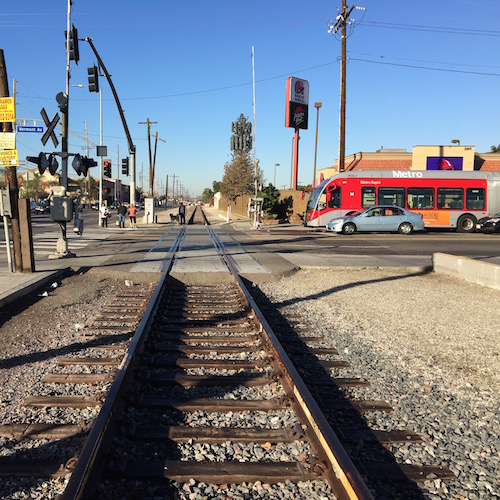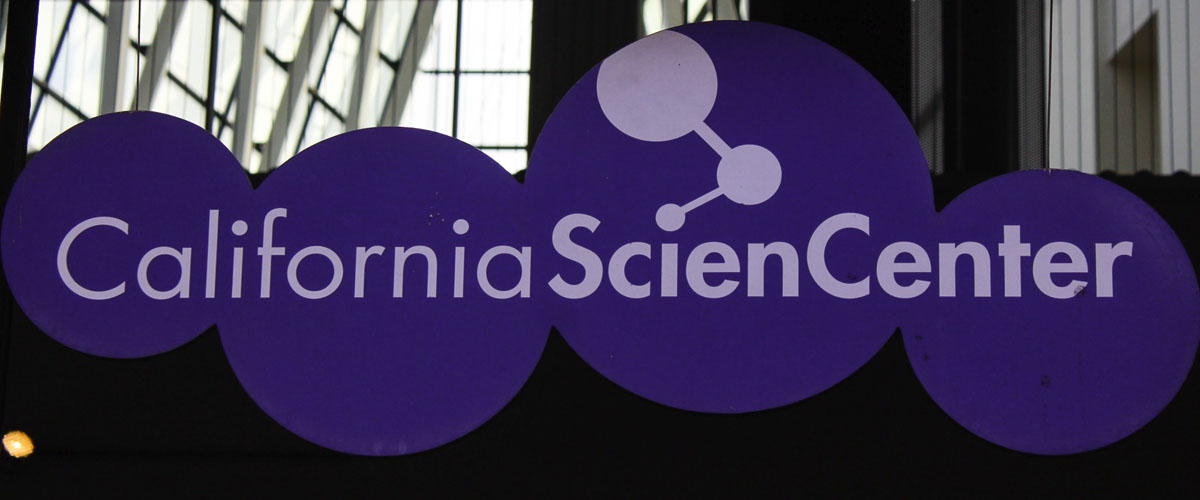
Step into science
An interactive, engaging exploration into the world of science.
When you walk towards the California Science Center off of Exposition, it’s not entirely eye-catching. There’s a large, grey-blue F/A 18A Hornet in mid-takeoff above the entrance. When you walk inside, you step into the cafeteria style eating area, surrounded by tables. From the looks of it, nothing really screams science.
While its first impression might be misleading, the California Science Center spans more than 400,000 square feet and is filled to the brim with engaging and interactive exhibitions to get everyone interested in science by stimulating curiosity and creativity.
Accessibility is key for the Science Center. The four major exhibit areas—Air & Space, Creative World, Ecosystems, World of Life—have free admission. The Science Center also features a number of additional exhibits and attractions. Some of these additional features cost money.
There are a number of ways that a someone can enjoy the Science Center, conveniently located off of Exposition between Vermont and Figueroa. One of the ways that students can experience the Science Center is through their Big Lab Field Trips, Camps, and Community Youth Programs.
Gretchen Bazela, Senior Director of Education Programs, pointed out that there are a vast array of topics for the 450,000 students that come through the Science Center annually.
“You can explore exploration to space, but you can also go underwater and see a kelp forest, and then you can go learn about the human body,” Bazela said.
The Science Center has a number of classes in the Wallis Annenberg Building for Science Learning and Innovation for the extended learning programs like the Summer Camps.
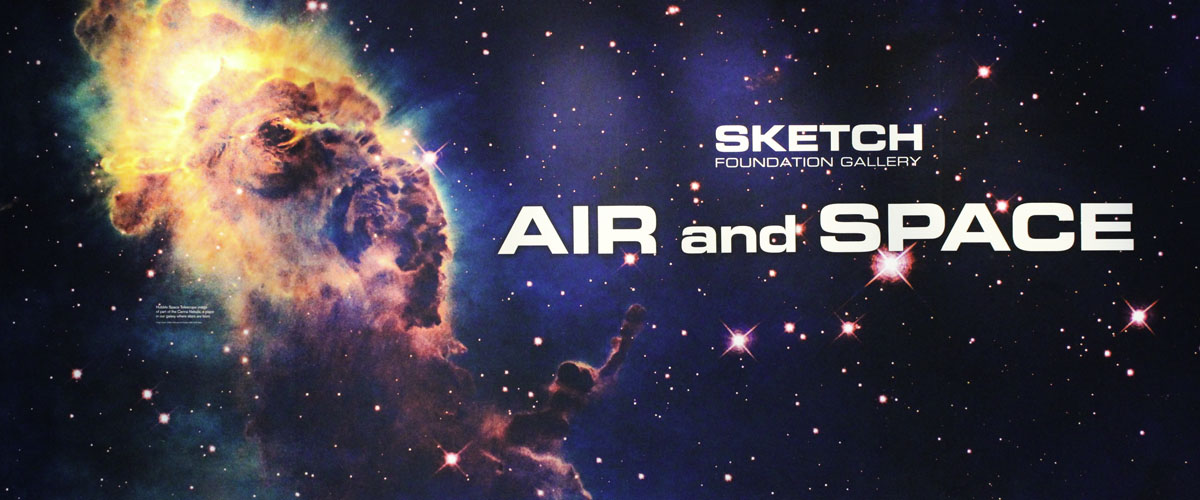
Air & Space
What lies beyond the Earth’s atmosphere? What does it take to get there? The Air & Space exhibit answers those questions and many more. Through five many areas—Space Shuttle Endeavour, Air & Aircraft, Humans in Space, Mission to the Planets, Stars & Telescope—visitors to the Science Center can learn about the solar system, what it takes to send something into space, or how air flows.
Three large capsules greet visitors after walking up the stairs of the main entrance. The Mercury-Redstone 2, Gemini 11, and Apollo-Soyez capsules were all sent into space in 1961, 1966, and 1975 respectively. The Mercury capsule carried HAM, a chimpanzee, into space, paving the way for humans to make the journey into space.
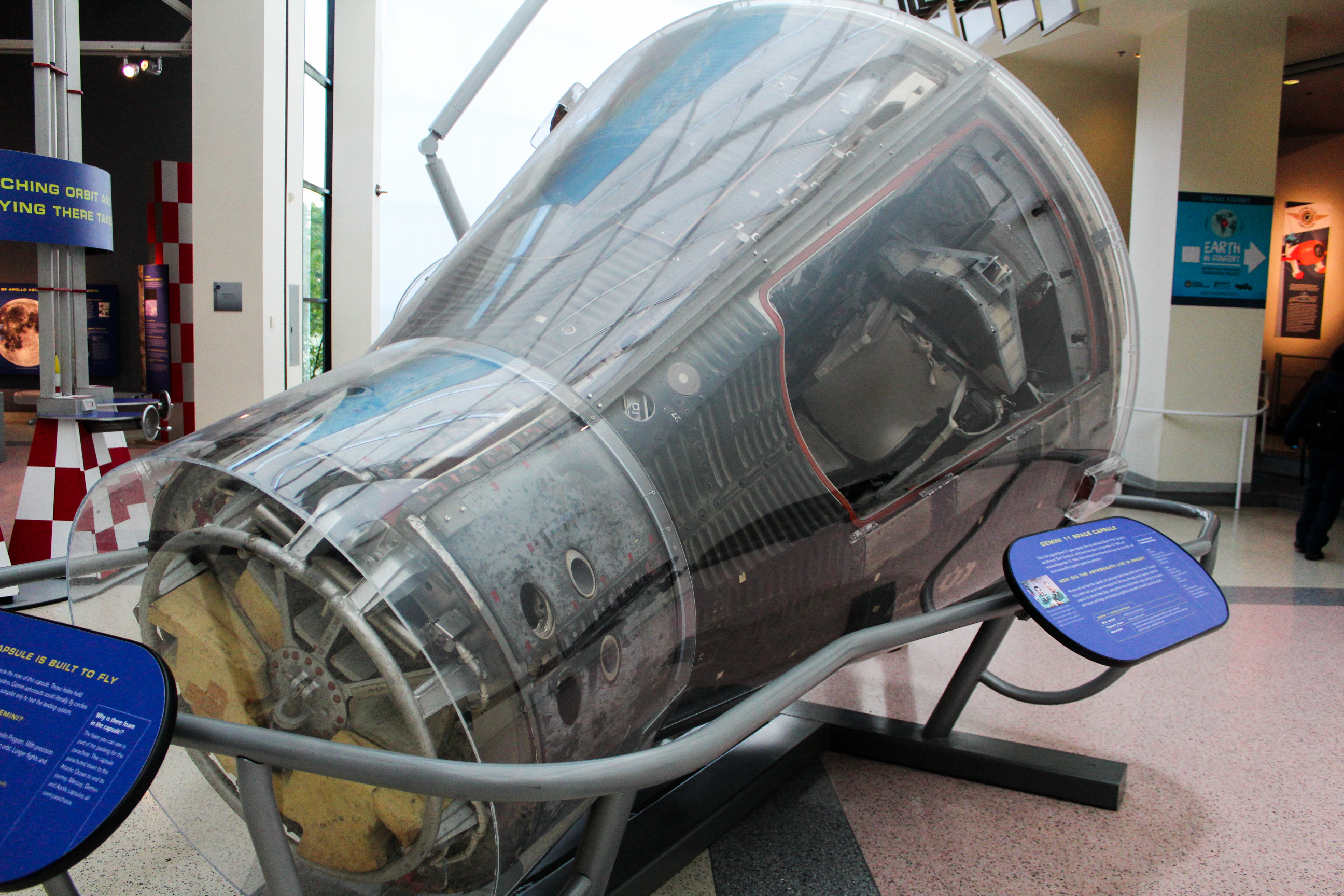
“These were to prove we could send humans into space,” one docent said. “Well, on the American side anyways.”
What does it take to get the capsules into space? As the capsules grew more advanced, their weights increased. Visitors can get a chance to see how much power is needed to send a capsule into space by cranking three different wheels to send the little, but heavy rocket out of Earth’s Atmosphere.
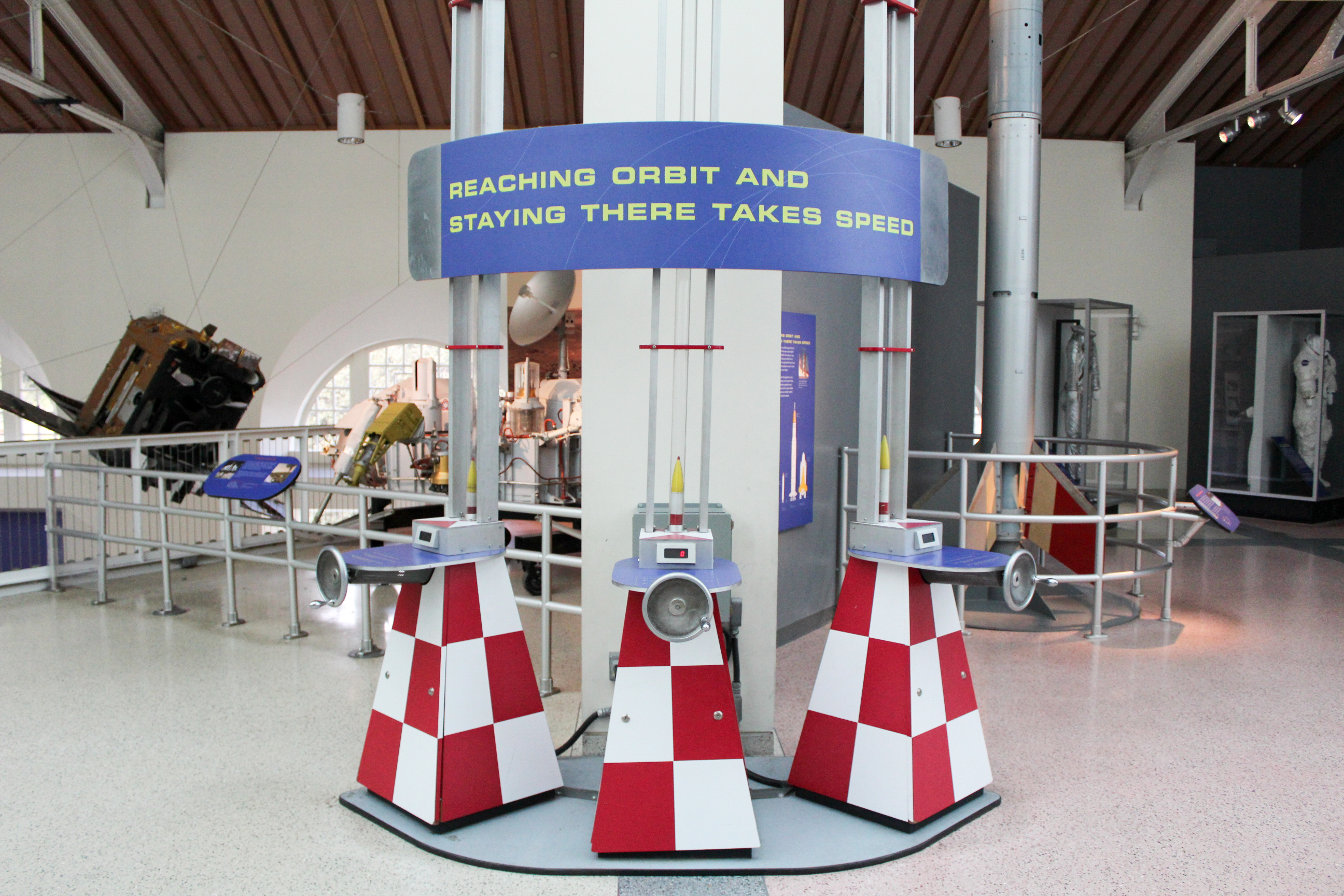
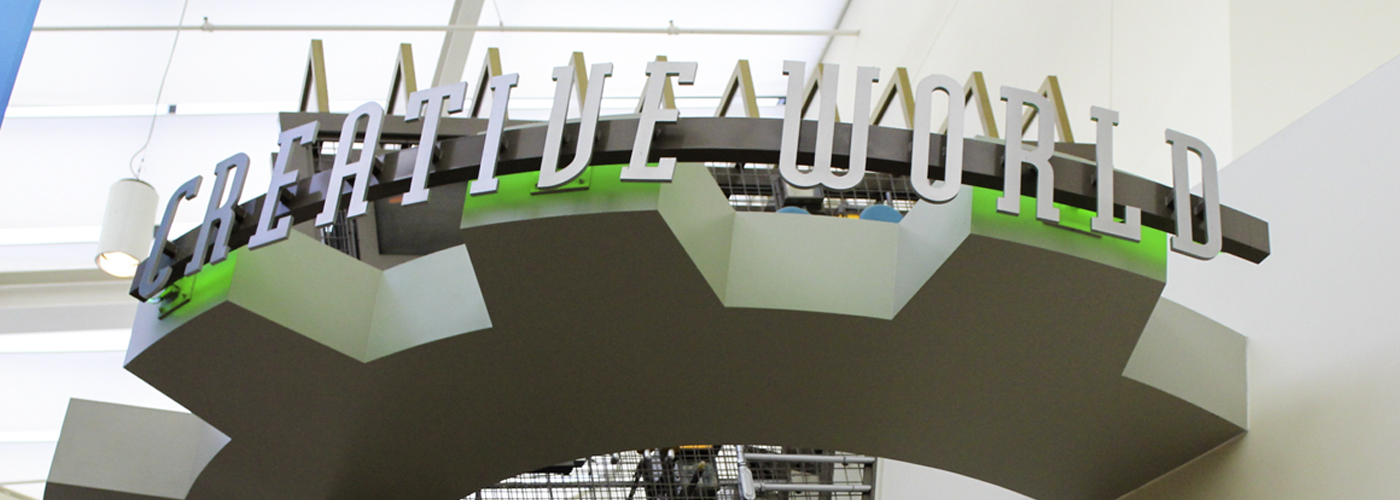
Creative World
How can structures be made to withstand an earthquake? What does it really mean to recycle? Human invention and innovation take center stage in Creative World. Visitors can make and test structures against earthquakes, which is no surprise since California is known for their earthquakes. There are a number of exhibits dealing with earthquakes.
Two students stand next to each other, each with their own earthquake plane and workspace. They exchange looks, look down at their building materials, and then get started.
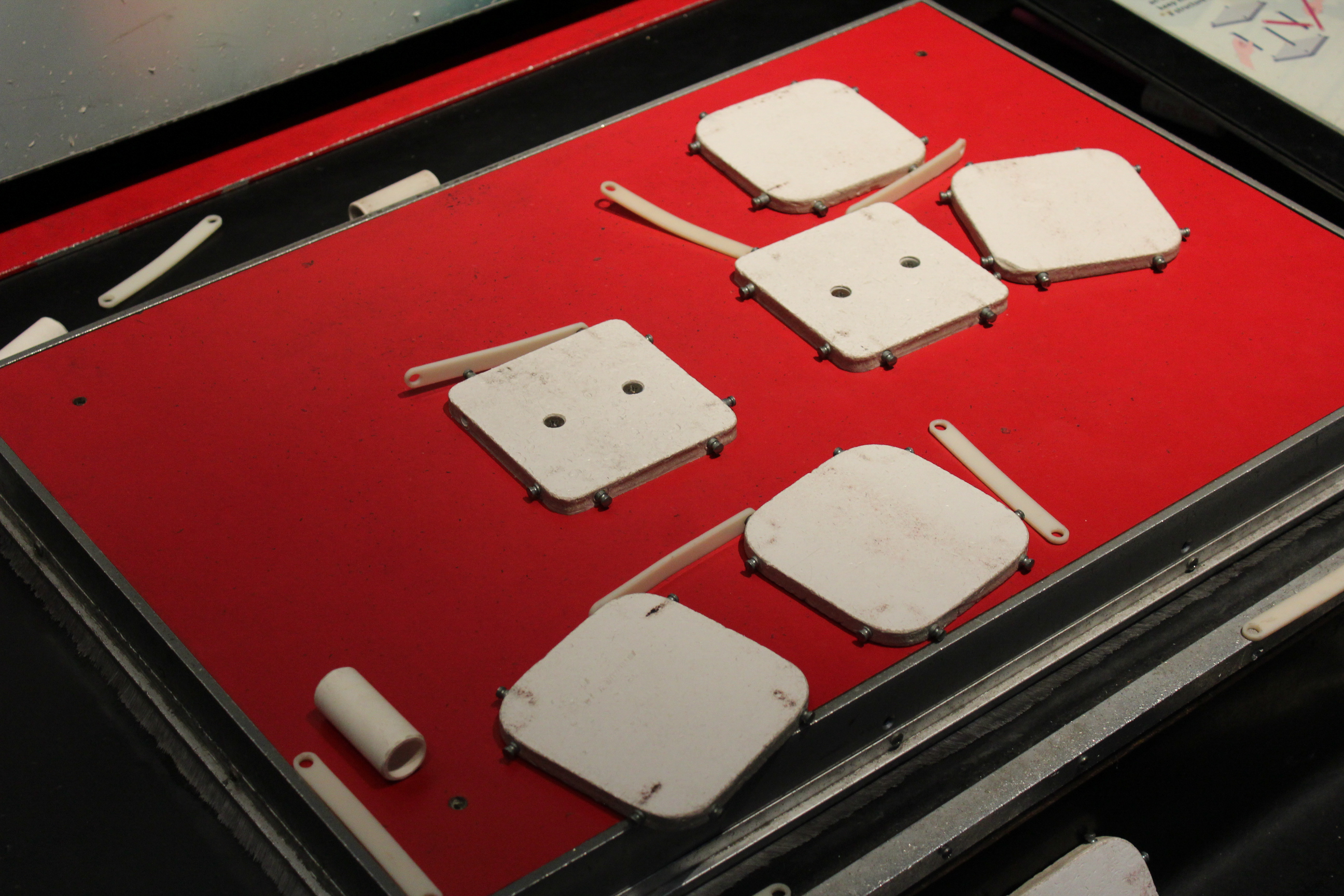
“I bet I can build something stronger than you,” one boy says to the other.
“Mine’s totally gonna stay through the earthquake.”
They spend some time building their structures and once they finish, one boy hits the earthquake button. The plates come to life, shaking their structures to the ground.
An ongoing theme through Creative World is The Globeheads, a claymation family that helps explain some topics—Faucet Dilemma, Closing the Loop, Dust Bunnies—in the exhibit. In “Closing the Loop,” the family is out shopping for school supplies. The children want to buy some pens and generic notebooks, but their parents want to get them in the loop, introducing them to notebooks with paper made from recycled materials. At first, the kids are hesitant and confused.
“We already recycle,” the son says.
“Recycling is more than sorting trash. It’s also buy things made from recycled materials,” the father responds.
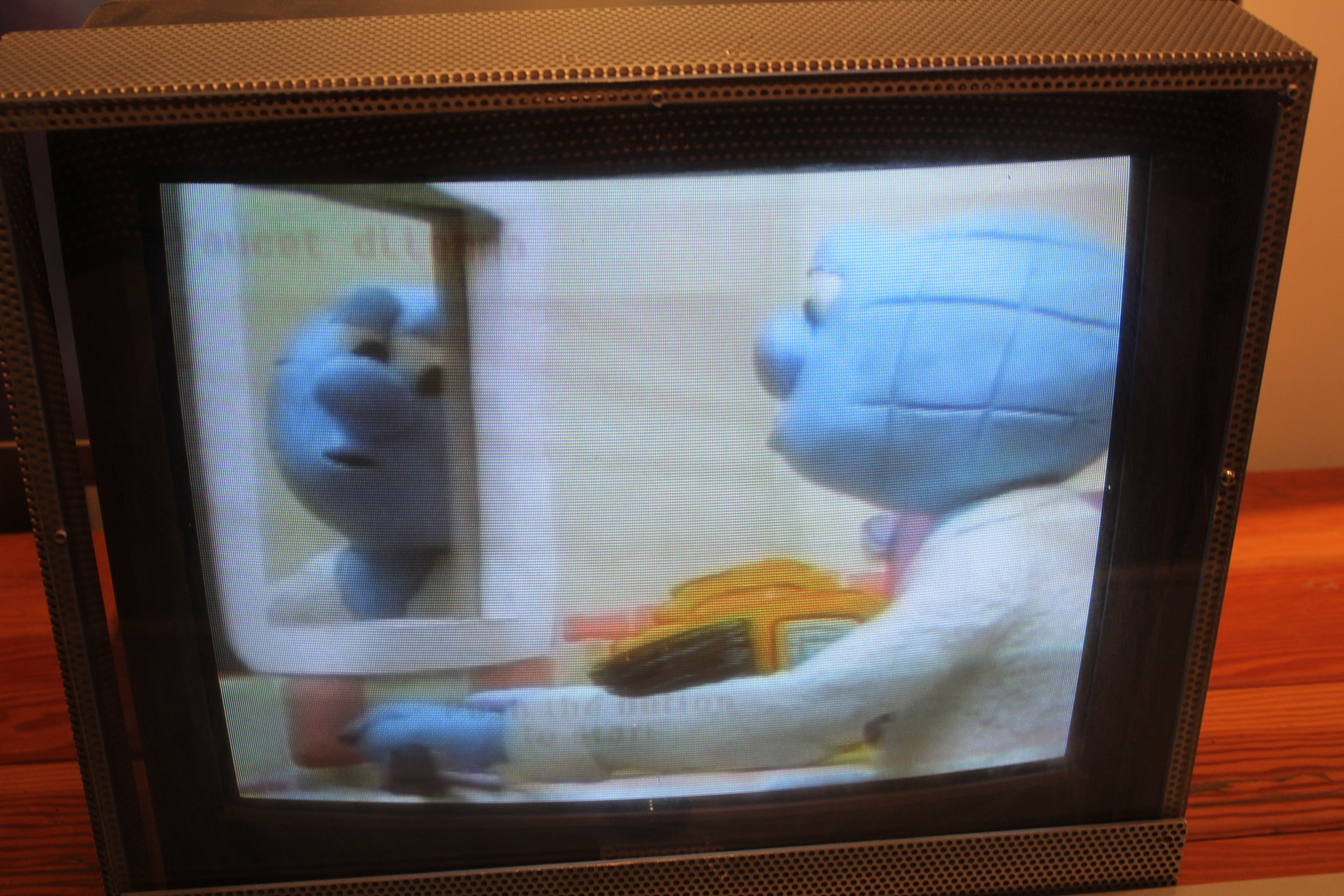
Episodes of The Globeheads are throughout the exhibit to help visitors learn about being sustainable with human inventions like conserving water, conserving electricity, and recycling.
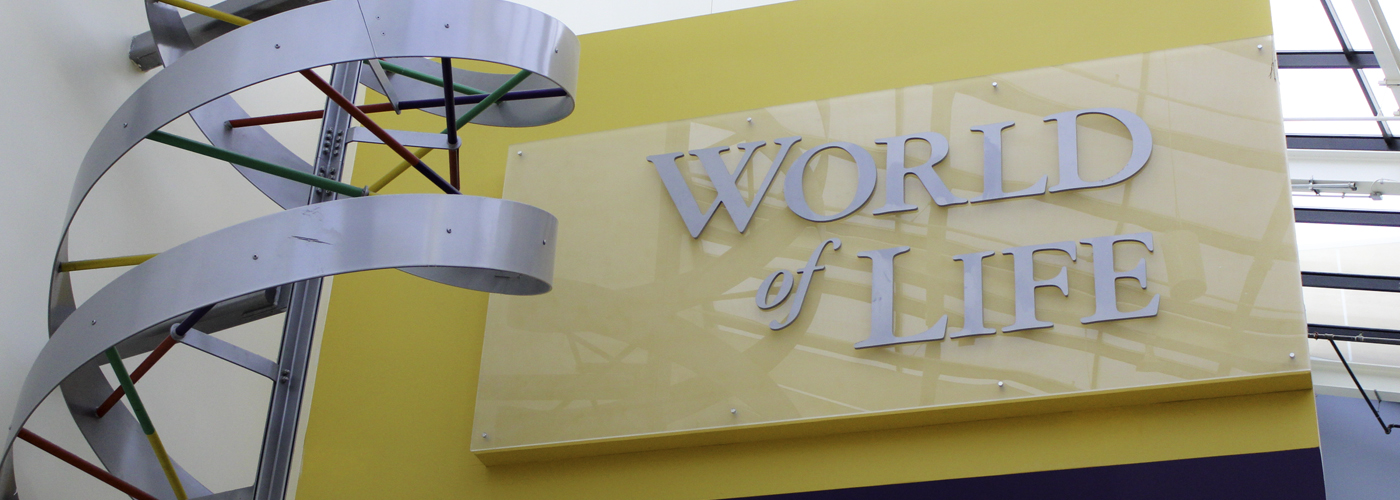
World of Life
What the average heart rate of an elephant? How long is a human’s digestive system? Life between the various species on Earth is inherently similar. Connections can be made between salamanders, dogs, and humans. Through the five life process sections—Energy Factory, Supply Network, Control Center, Defense Line, Life Source—ordinary, everyday actions become extraordinary.
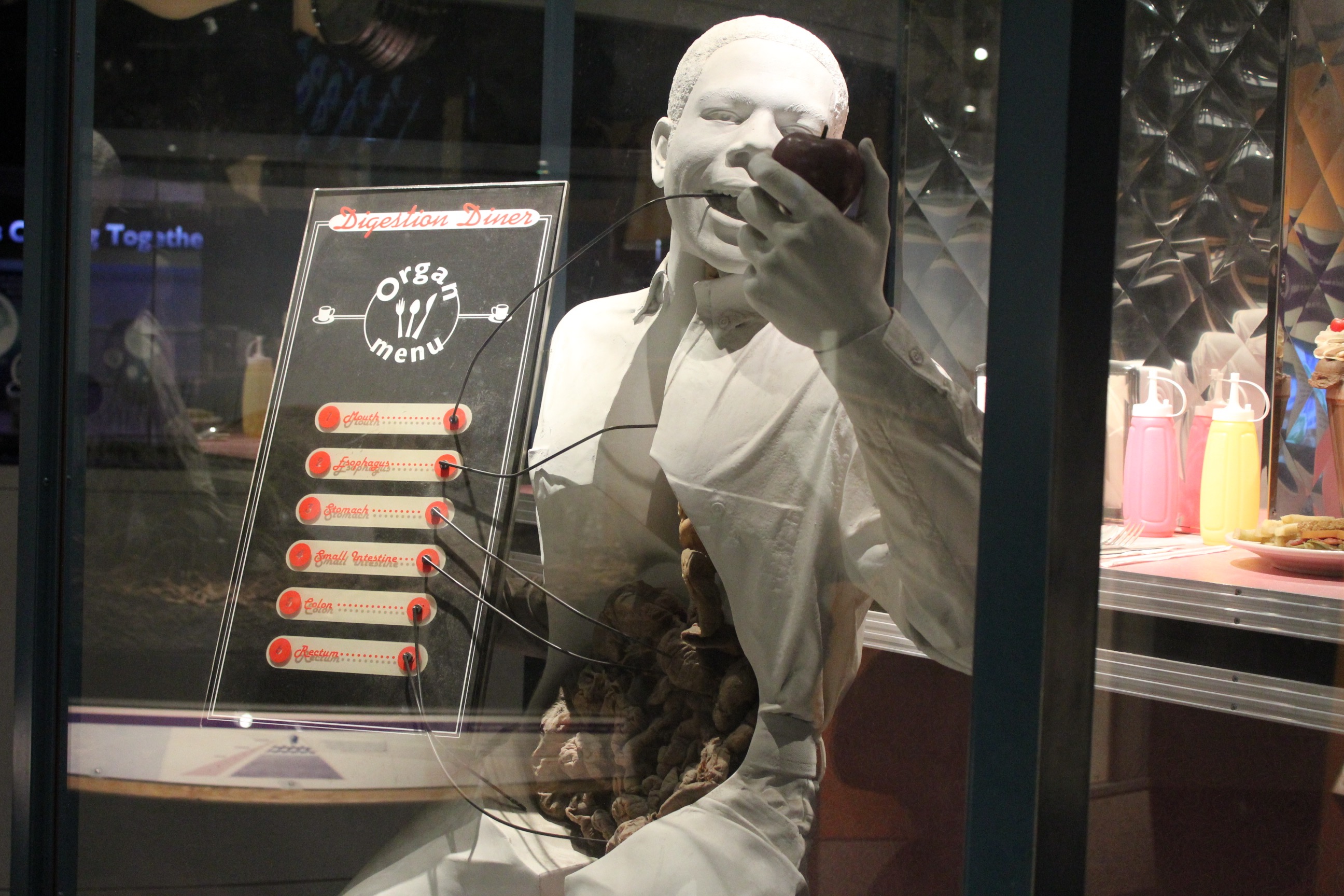
Visitors can stop by the Digestion Diner to learn just what happens when they eat food. You can follow the digestion of the customer’s most recent meal, sound effects included. The waitress Gertie helps you learn how long of a journey your food takes from consumption to defecation. With a lever, you can stretch and stretch and stretch out her digestive tract upwards to the ceiling for 21 feet.
Interested in being a surgeon? The Science Center has a Surgery Theater where you can watch real life surgeries complete with the surgeon's commentary.

In the Control Center, visitors can learn how their brain works with their nervous system to get things done. They can put their reflexes to the test by sorting colored ping pong balls as they drop down a chute. Too easy? You can increase the cover over the shoot, decreasing the time your brain can respond and sort properly.
Visitors can also see what it’s like to drive under the influence of alcohol. In the simulation, the driver starts out sober to get used to the controls of the machine. After that, they go through a series of driving sequences with different levels of blood alcohol content.
“It was like really hard,” one visitor said after going through the simulation. “I can only imagine how impossible drunk driving actually is.”
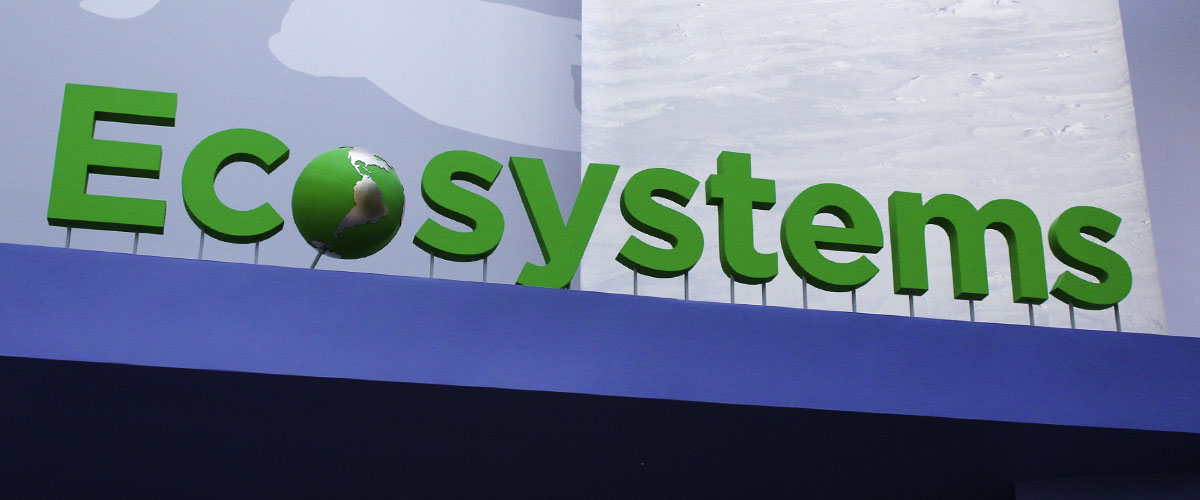
Ecosystems
How were islands populated? Is a city its own ecosystem? The Ecosystems exhibit highlights 11 different environments, or zones, from the globe as a whole to rivers and forests. It’s one of the more immersive experiences at the Science Center complete with about 400 species of plants and animals living throughout the exhibit.
Getting out to one of the poles to explore an arctic research station is pretty difficult. Luckily, the Science Center has one of their own. Visitors can get a first hand look into the types of gear and clothing needing to conduct research in the tundra. They can also test what type of surface reflect the most light.
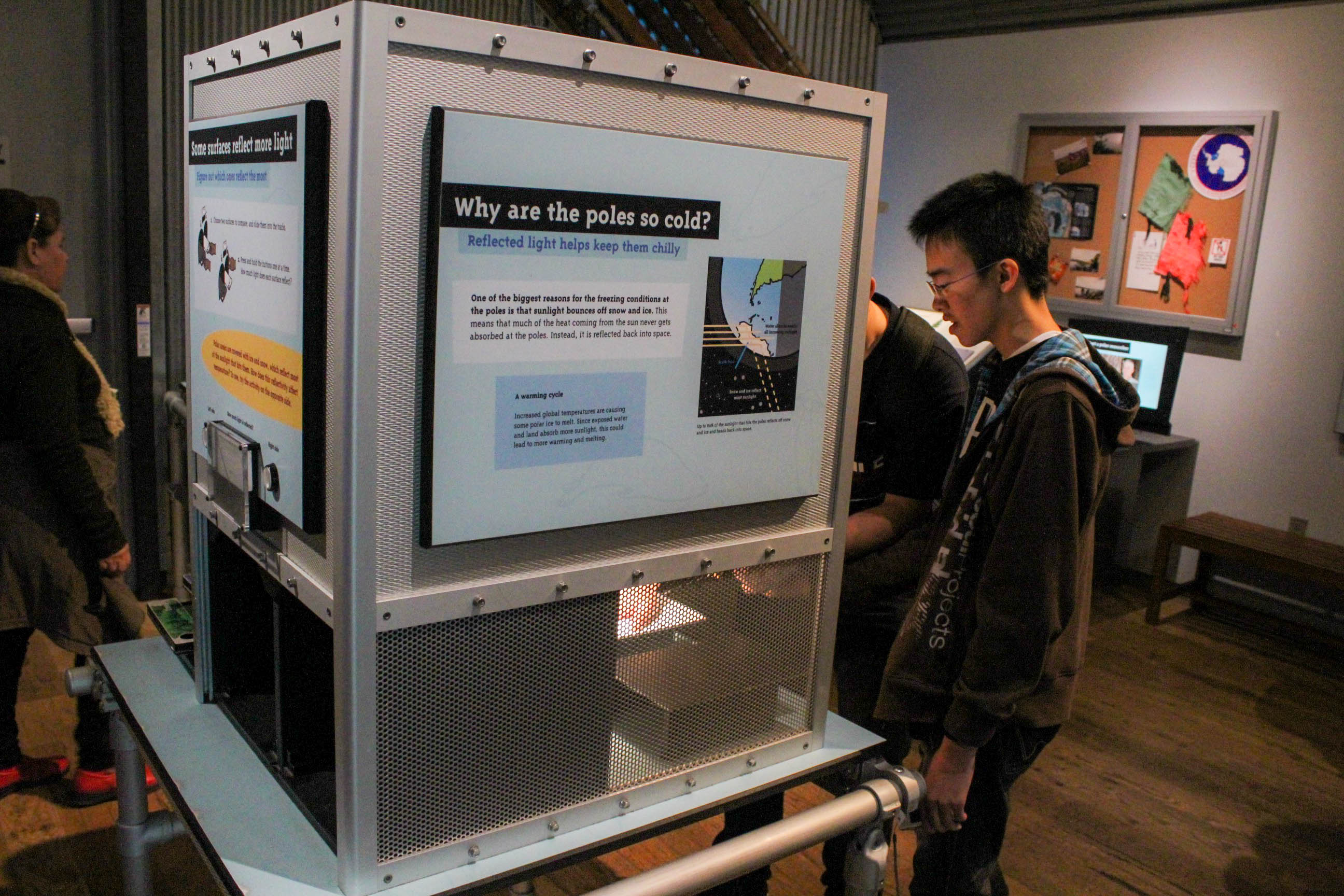
When you step outside, you’re greeted by the sounds of dolphins and seagulls, but Santa Monica is about 15 miles away. The aroma of saltwater fills the air thanks to the 188,000 gallon tank filled with various marine life like fish and kelp. The rooftop deck of the Science Center—the Rocky Shore exhibit—feels like you’re actually on the shore. It features exhibits simulating what it’s like to live your life on the shore under the continuous force of crashing waves.
Do you like the game Hungry, Hungry Hippos? Think it would be easier as a barnacle? Think again. When you’re stuck to the side of a rock your entire life, you’ve got to catch your food as it travels by. Visitors can see what it’s like to “Be a Barnacle” when they stick their hand through a tube and try to catch flying ping pong balls through a net like a filter feeder.
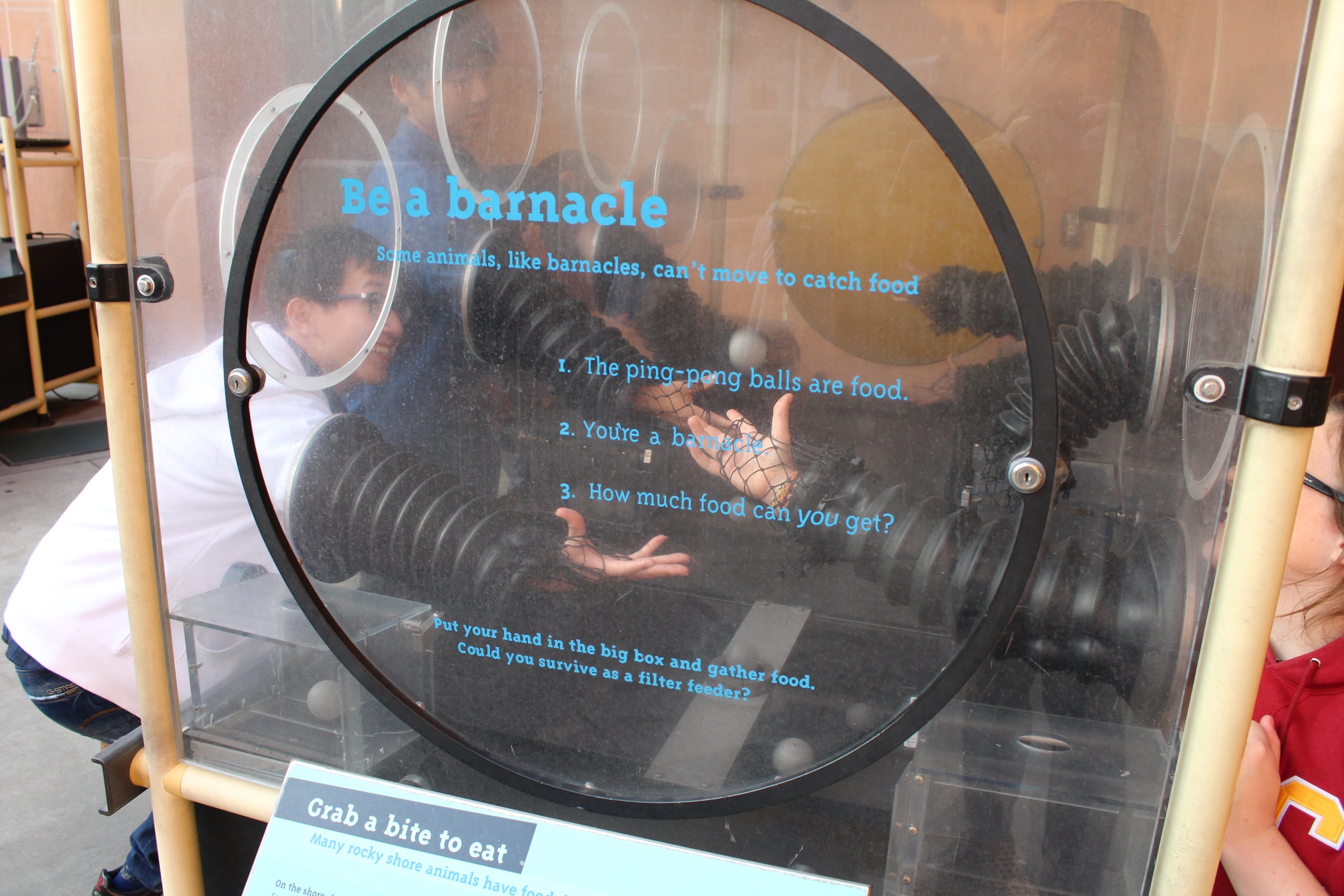
“That was really hard,” one boy said to his mother while he was trying to capture the “prey.”
It’s a game that is harder than it looks. The player had a limited range of motion and grip in their hand because of the net. If the player is able to catch the food, they then have to get it back into a hole cut through the top of a box. In its difficulty, it simulates just part of the harsh conditions a barnacle can encounter.
Under the depths of the tank is the Kelp Forest. Visitors can simulate submerging underwater and explore what it’s like to live within the forest. The aquarium tunnel is quite the hit for both kids and adults. Adults admire the pristine, blue green beauty of the sunlight shining through the water. Children run around, exclaiming about all of the fish they see.
“Woah, look guys. Look it's a shark!” A young boy shouts from the base of the tunnel’s curved wall. Within seconds, a gaggle of other kids crowd around the boy to see the shark.
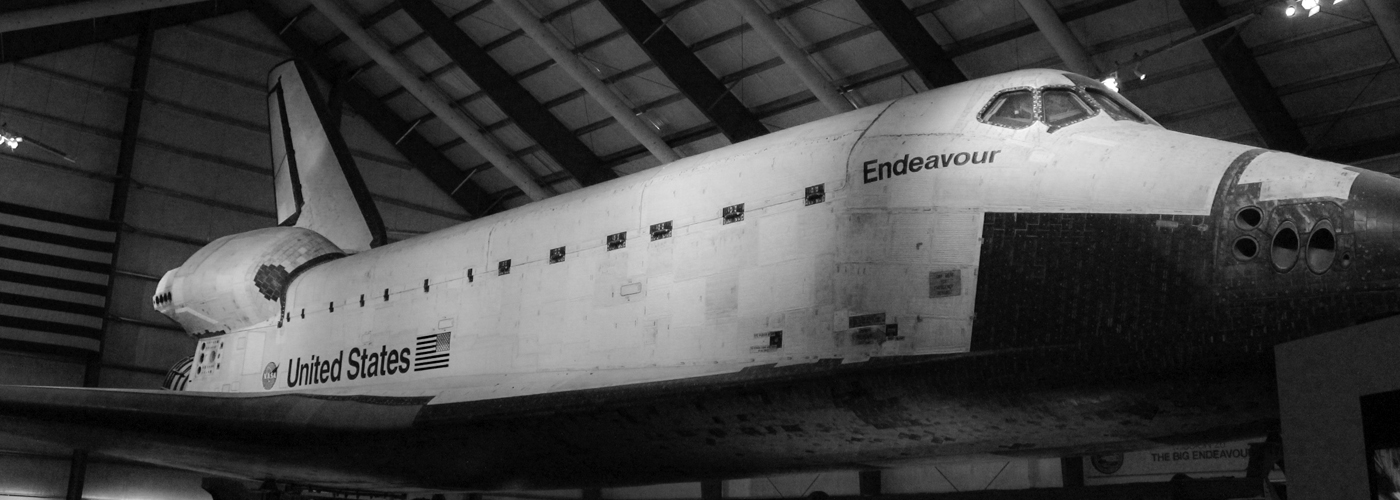
The more you explore the Science Center, the more complex and interesting it becomes. You could say the Science Center’s structure itself was designed with their mission statement of stimulating curiosity through science in creative and interactive ways in mind.
Between all of the exhibits, Bazela uses the content already at the Science Center when creating new programming. This allows for the creation of active learning.
“We use the exhibits to springboard a lot of the programming and content we create in education,” Bazela said.
Bazela noted that the Science Center’s role in education continues to grow in importance as class time spent on science instruction in elementary schools is limited. With a renewed focus on STEM education, especially in California, the Science Center is striving for new ways to get accessible science into classrooms.

